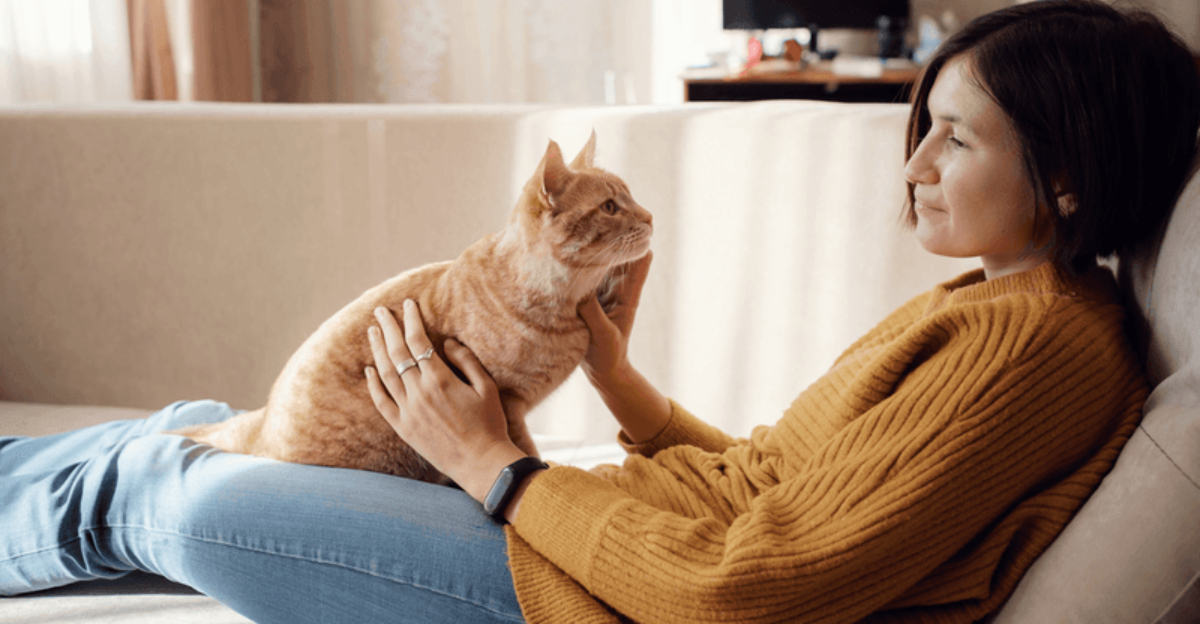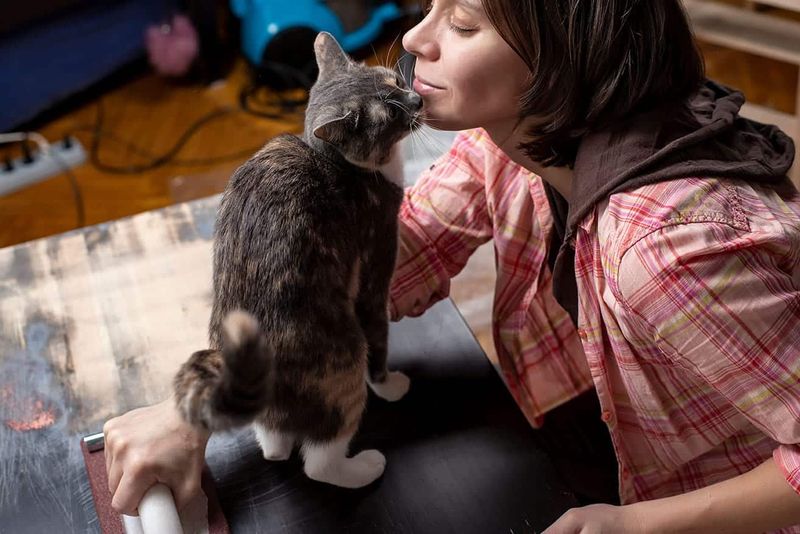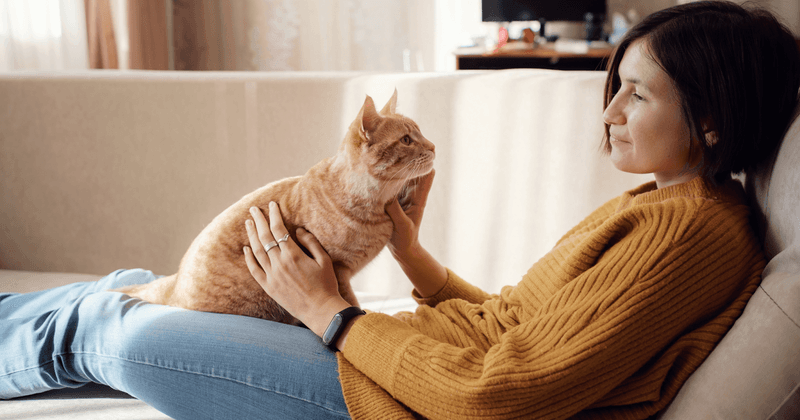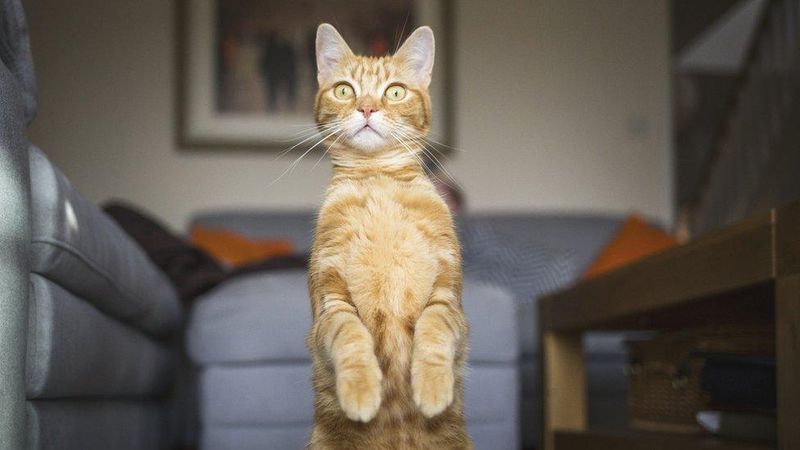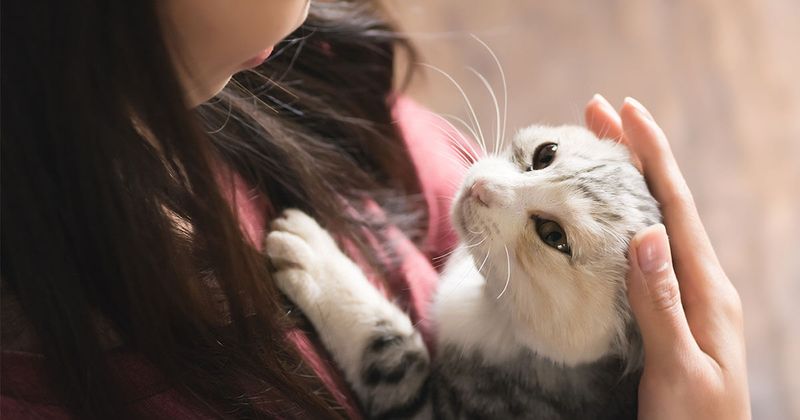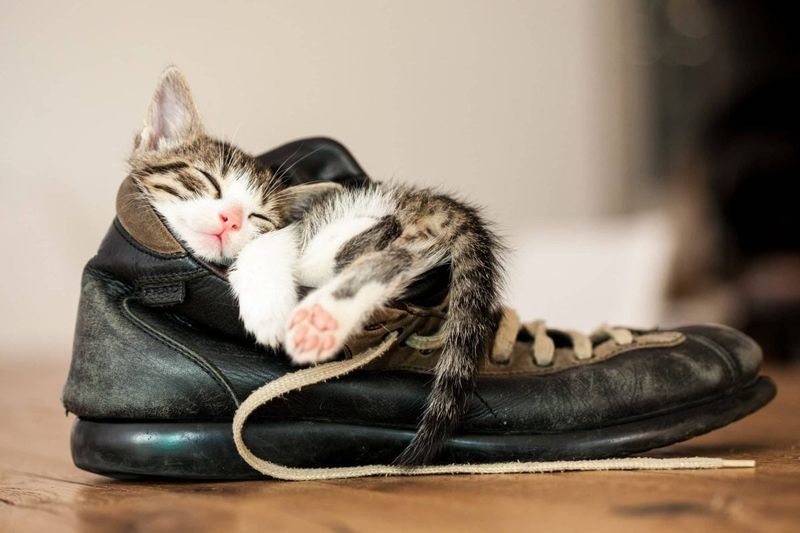📖 Table of Content:
Cats may be mysterious, but their first impressions are anything but random. In fact, the moment someone steps through the door, most cats perform a subtle yet thorough evaluation. This rapid assessment, often completed in the span of just a few heartbeats, can determine whether a visitor is friend, foe, or simply unworthy of attention. Though these judgments may seem inscrutable, they’re rooted in keen instincts and a complex social code.
Unlike dogs, who may rush forward with wagging tails and unfiltered enthusiasm, cats tend to observe quietly from the shadows—or from atop the bookshelf. They note everything: posture, energy, scent, sound. Their approach is nuanced, reserved, and often misinterpreted as aloofness. But make no mistake: within seconds, your cat has cataloged a stranger’s demeanor with surprising accuracy.
Understanding how cats judge people can help us appreciate their intelligence and social sensitivity. More than that, it offers insights into how we’re perceived through feline eyes. From the way someone speaks to how they carry themselves, each action sends a signal. Below are eight key ways cats form immediate opinions, and how these snap judgments reveal more about us than we might realize.
1. Scent Evaluation
The first impression, for a cat, often comes through the nose. With scent receptors far superior to humans’, cats can immediately detect traces of where someone has been. If a visitor smells like another animal—especially an unfamiliar cat or a dog—their presence may trigger caution. Cats may either approach curiously to investigate or retreat to a hidden spot until the perceived intruder leaves. Even residual scents from cleaning products, perfumes, or laundry detergent can provoke suspicion. Each odor is a piece of the puzzle your cat uses to determine safety or threat. Scent, therefore, is the first checkpoint in the feline vetting process.
2. Body Language Reading
Movement plays a huge role in a cat’s perception of safety. Sudden gestures, quick hand motions, or looming stances can signal unpredictability, which cats dislike intensely. Calm, measured body language is far more likely to win a cat’s approval. People who crouch or sit at the cat’s level often seem more approachable. A visitor who respects personal space, doesn’t reach out immediately, and lets the cat make the first move is seen as polite. Cats notice every shift in weight, every flick of a hand. For them, body language speaks louder than words.
3. Voice Tone and Volume
Volume and pitch are instant deal breakers for many cats. Shouting, high-pitched squeals, or overly enthusiastic greetings can cause a cat to flee under the nearest couch. Quiet, soft-spoken voices, on the other hand, often earn points. A calm tone suggests predictability and non-aggression—qualities cats value highly. Visitors who speak gently are more likely to receive an investigating sniff or even a head bump. Cats are especially wary of inconsistent vocal energy, like a person who oscillates between quiet and loud. To their ears, voice is both melody and message.
4. Eye Contact (or Lack Thereof)
Eye contact, in the feline world, is a complex language. A direct stare can be perceived as a threat or challenge, even if unintentionally delivered. Cats prefer subtler cues, like slow blinking or even deliberate non-engagement. Someone who looks at a cat, then glances away, shows respect for feline boundaries. Visitors who ignore the cat entirely may paradoxically attract more attention, as cats often seek out the least interested party. This behavior stems from survival instincts and body language reading. Cats value those who acknowledge their space without intruding on it.
5. Shoes and Feet Awareness
Unexpectedly, a cat’s judgment may begin with the feet. Stomping, dragging, or overly heavy footsteps send warning signals through floor vibrations. Quiet, controlled movements suggest calm energy and awareness, which cats instinctively appreciate. People who tread softly often earn quicker trust. Loud or erratic footsteps can resemble the movements of a predator, triggering a defensive reaction. Even the way a person steps into a room—hurried versus intentional—affects a cat’s reaction. Feet, to a cat, are much more than transportation; they’re messages.
